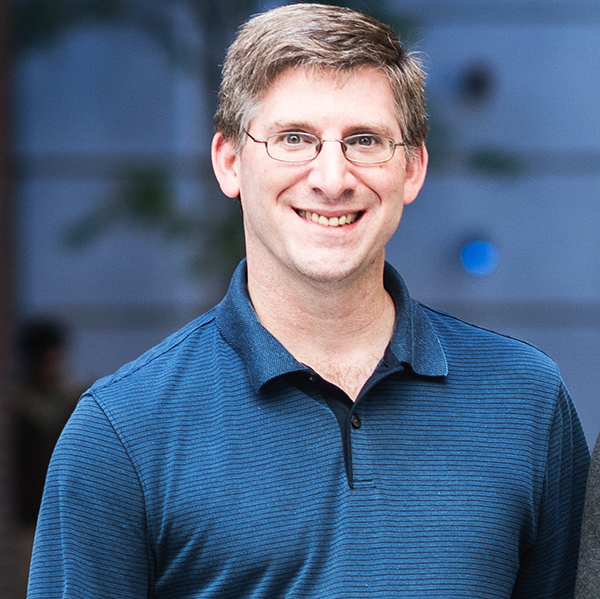Along the Mystic River, which weaves from the Upper Mystic Lake in Winchester, Mass., all the way to the Boston Harbor, you'll find apartment high-rises, dog parks, yacht clubs, and multiple restaurants, with the water crisscrossed by parkways, bridges, bike paths, and walking trails. The river runs seven miles, linking together 44 lakes and ponds that touch 21 towns in Massachusetts, forming what's called the Mystic River Watershed.
The watershed covers 76 square miles-encompassing all the land area that drains into the Mystic River-on the colonized lands of the Massachusett, Nipmuc, and Pawtucket tribes. Over the long history of the region, it has become the most urbanized watershed in New England. There are tons of activities to fill a sunny summer day, but decades of development have created numerous environmental hazards, with thunderous traffic and industrial facilities polluting the air, contaminating wetlands, and threatening wildlife and people.

"There are a lot of different climate hazards at play. There's urban heat islands, flooding risks, and there's a lot of chemical exposures stored in industrial facilities and from traffic," says Jonathan Levy, a Boston University School of Public Health chair and professor of environmental health. One of the biggest questions is, how will climate change make all of these risks even worse?
In an effort to protect communities from future threats-like floods and extreme heat-researchers at BU are examining how climate change may exacerbate long-standing environmental challenges.
Levy and Amruta Nori-Sarma, an SPH assistant professor of environmental health, are leading a project called Advancing Community Resilience to Cumulative Climate Impacts in the Mystic River Watershed, funded by a $1.3 million grant from the US Environmental Protection Agency (EPA). The work, which will be completed with support and guidance from community members, will consist of collecting geospatial data, water and air measurements, and other environmental and demographic information to best map out areas that have higher risk of exposure to climate challenges. The three-year project is part of a broader effort by the EPA to support programs that advance environmental justice in underserved and overburdened communities across the country.
"There's a lot of industrial infrastructure in this area," says Levy, including over 100 large oil tanks, a power plant, an airport, and major highways and other roadways. "As infrastructure ages, and as the climate changes, we might start to see heightened risks from some of these facilities. If we have major flooding events, what's going to happen? And what is that going to do to people's homes and water, and the land? Who is most vulnerable?"
Despite the hubs of human activity and development, the watershed is also home to a surprisingly wide array of wildlife: foxes, white-tailed deer, coyote, red-tailed hawks, shorebirds, snapping turtles, toads, salamanders, and fish like blueback herring and alewives, which swim from the ocean to spawn each year.
The neighboring communities in the watershed are also a patchwork of socioeconomic, racial, and ethnic backgrounds, including two of the state's wealthiest towns-Lexington and Winchester-and communities like East Boston, Chelsea, and Revere that have many low-income residents, immigrant communities, and people of color. There's a historical pattern of low-income communities facing the brunt of climate change threats across the US.
"These communities are often also disproportionately burdened due to systemic issues, such as historical redlining, which have important implications for development that stretch into [the] present day," says Nori-Sarma. "Our project intends to meet these communities where they are, assess the challenges that they face and understand the interrelated nature of climate exposures and impacts on health, and provide communities with the tools that they need to advocate for themselves and their local environments."
Community groups and scientists have worked to restore and protect the watershed for decades, including the Mystic River Watershed Association (MyRWA), founded in 1972 in response to poor water quality. The BU-led research will support community organizations like MyRWA and the volunteer-led Resilient Mystic Collaborative with data-backed insights so they can design solutions that prioritize the most vulnerable residents.
"We're trying to understand how to best address the cumulative burden that these communities are experiencing as they face different climate and chemical stressors simultaneously," Levy says.
To identify community concerns, the research group has been meeting different groups and listening to community members. These conversations will inform where the researchers put their efforts. Advocacy groups can then prioritize policies and investments that decrease chemical exposures and improve climate resilience. This could look like a number of different climate resilience strategies, such as interventions to protect people from extreme heat, which has already been a big area of focus in the watershed communities.
Mariangelí Echevarría-Ramos (SPH'22), who has been the climate resilience manager at MyRWA since January 2023, will play a role in the collaboration. "One of our community leaders often says, 'No one knows everything, together we know a lot.' What an exciting opportunity to blend top-notch academic research with on-the-ground lived experiences to help people stay safe from chemical exposures."
The researchers are eager to learn more about how to reduce the impact of multiple climate hazards on vulnerable residents and hope the project underscores the need for health equity to be centered in climate resilience planning.
"I hope that we advance the science on understanding cumulative climate and chemical hazards and trying to figure out what that means for vulnerable populations," says Levy. "I hope that we're able to contribute something positive to the community as they're trying to grapple with climate resilience, and both mitigation and adaptation, so at the end of the project, we can point to tangible places that help the community advocate and figure out where geographically to invest their energy."
Jillian McCoy contributed to this article.






